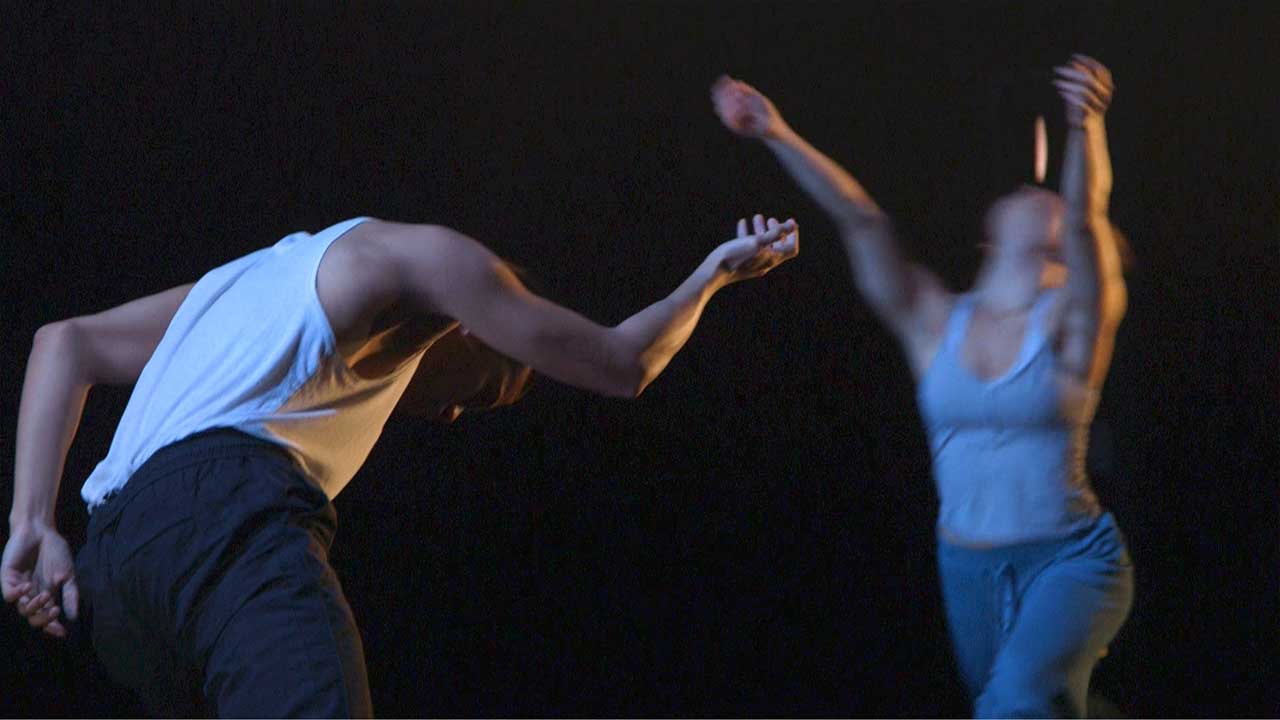
Sharon Watson: Choreographer
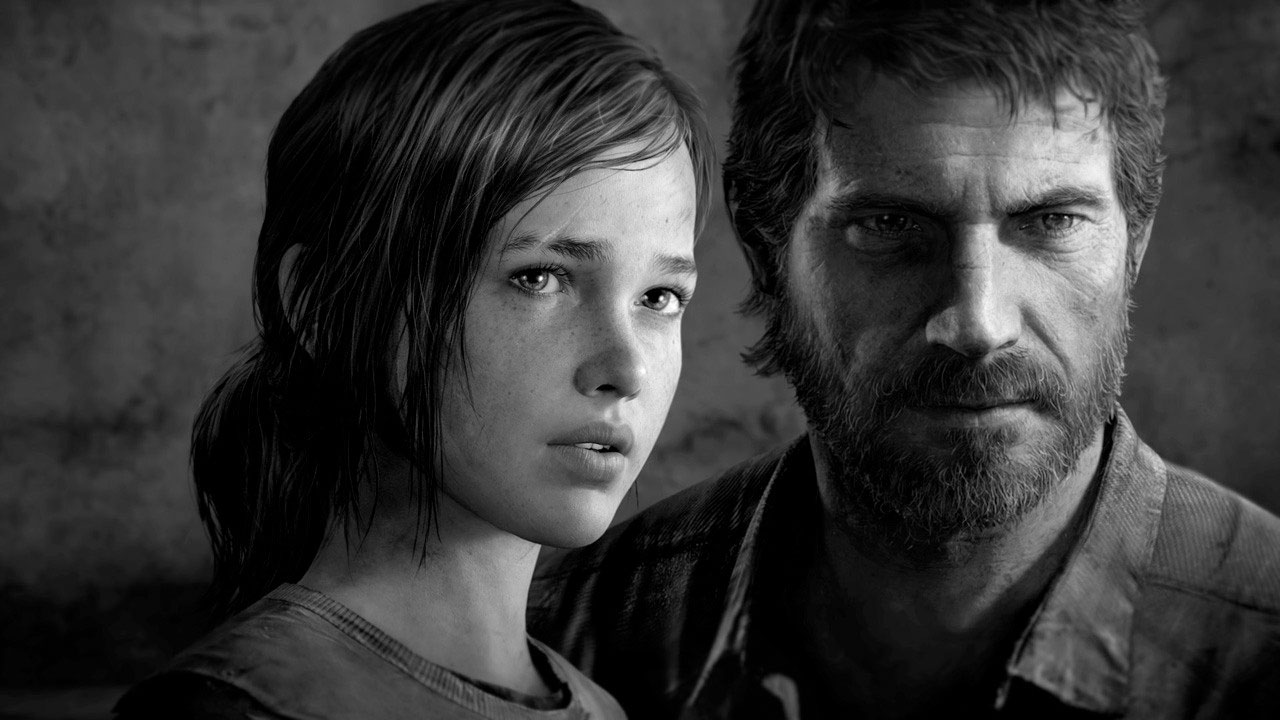
The Science of The Last of Us
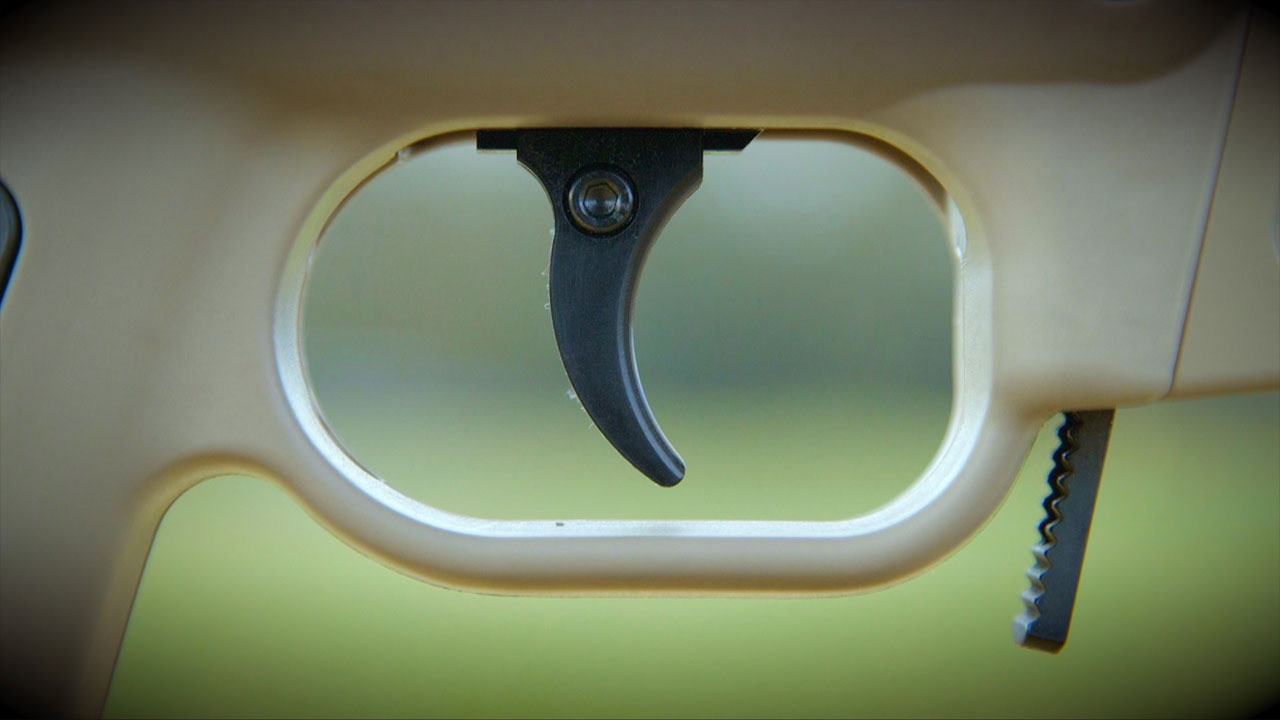
Remembrance Day in a weapons factory

Samaritans: The art of listening

Insects in the City: can cities save our bees?
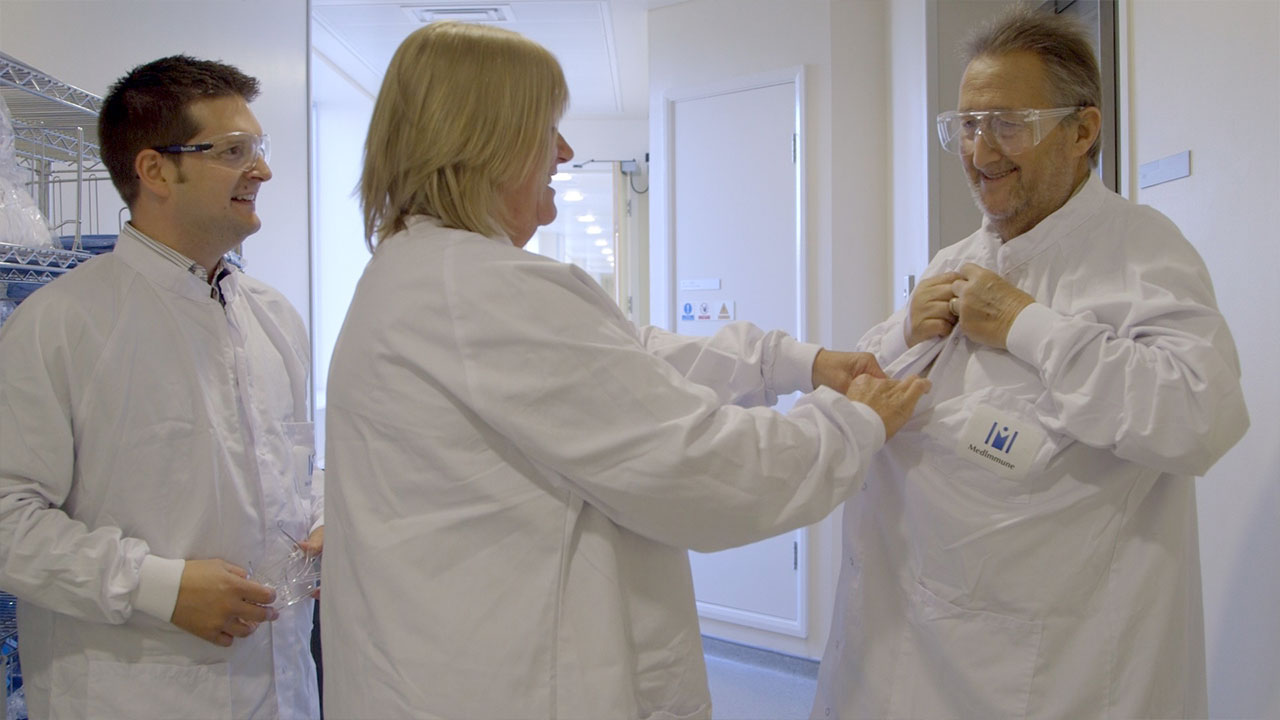
The Pain Detective

Foreign Bodies, Common Ground

Last Chance Saloon (part 1): Twink, the band and bipolar
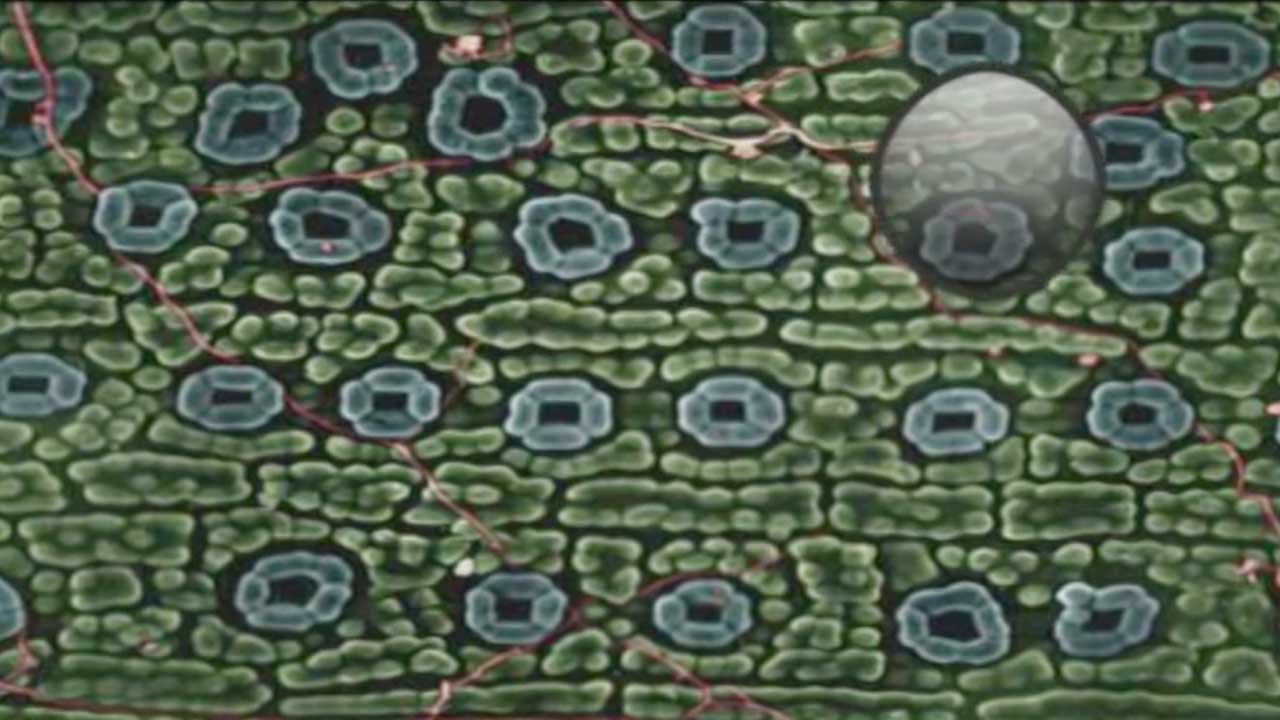
Photo Synthesis
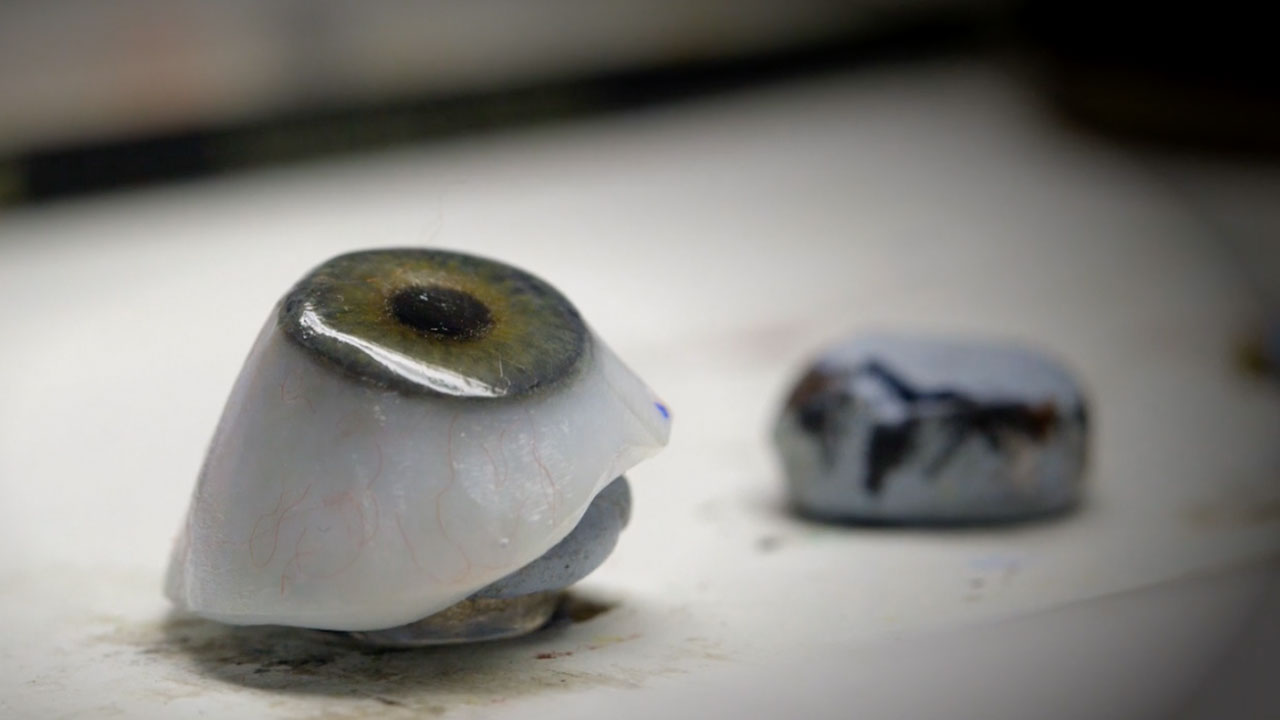
How to make a prosthetic eye

Until
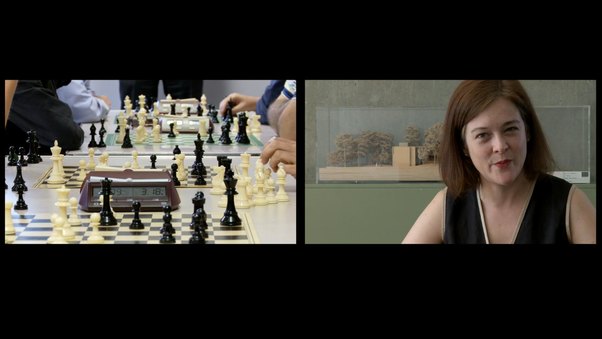
abNormal
Life, science and film are indivisible. The kernel underpinning everything I make, is a deep love for life and -despite knowing we will die, we continue to struggle, to inspire, love and create. We embody a sense of ‘hope, in the absence of hope’. We burn brightly.
Having emerged from a scientific past, it often feels like I swapped the microscope for a camera, the micro for the macro lens.
The approach begins the same. Pondering ideas (which rarely feel ‘commercial’) leads to a hypothesis, an idea to test. The experiment then becomes the process of filming or ‘data acquisition’. The edit is where I can analyse the results. This is the departure point from the scientific method into the creative process.
This is where imagery, intention, discovery and juxtaposition play. Where the timeline evolves and the hypothesis soars or is culled, only to be replaced by a better, stronger, idea.
I was lucky enough to meet Albert Maysles in his New York studio around 2006. We discussed the film approach and he inspired me to make film poems, visual attempts to touch peoples’ minds and hearts with beauty, symbolism and meaning. It’s not easy but I do love trying.
This approach seems to fit well within my role at Wellcome, an organisation devoted to improving health. Without humanity, all the science, research and innovation is meaningless, so what I do is try to bring out the humanity of the work they support — the why.
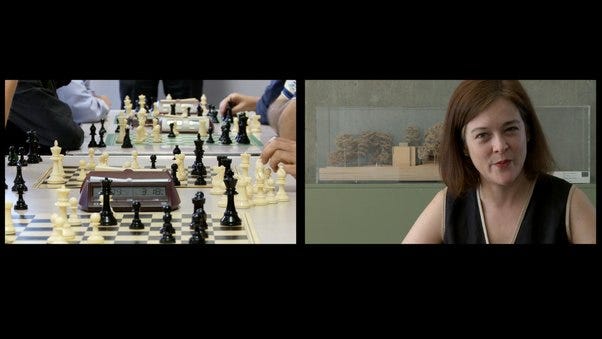
Watch: abNormal on Labocine
I’m fascinated by simple questions. Here, there was something tantalising about asking various people about the notion of normality. It’s one of those wonderful subjects that everyone has an opinion on, and everyone’s opinion is as valid as the next.
The participants were not selected at random. In essence, every person within the film is intended to represent a different facet of how the brain functions — the dancer symbolises motor movement, the chess player represents higher thinking, and so on.
Within the edit, these characters begin their stories entirely separately, as ‘physiologically distinct’ units. But as the film continues, they visually start to overlap, blurring the distinctions between them. By the end of the film, they represent a single complete functioning brain.
(Imagine Science Film Festival Peoples Choice Award 2011)
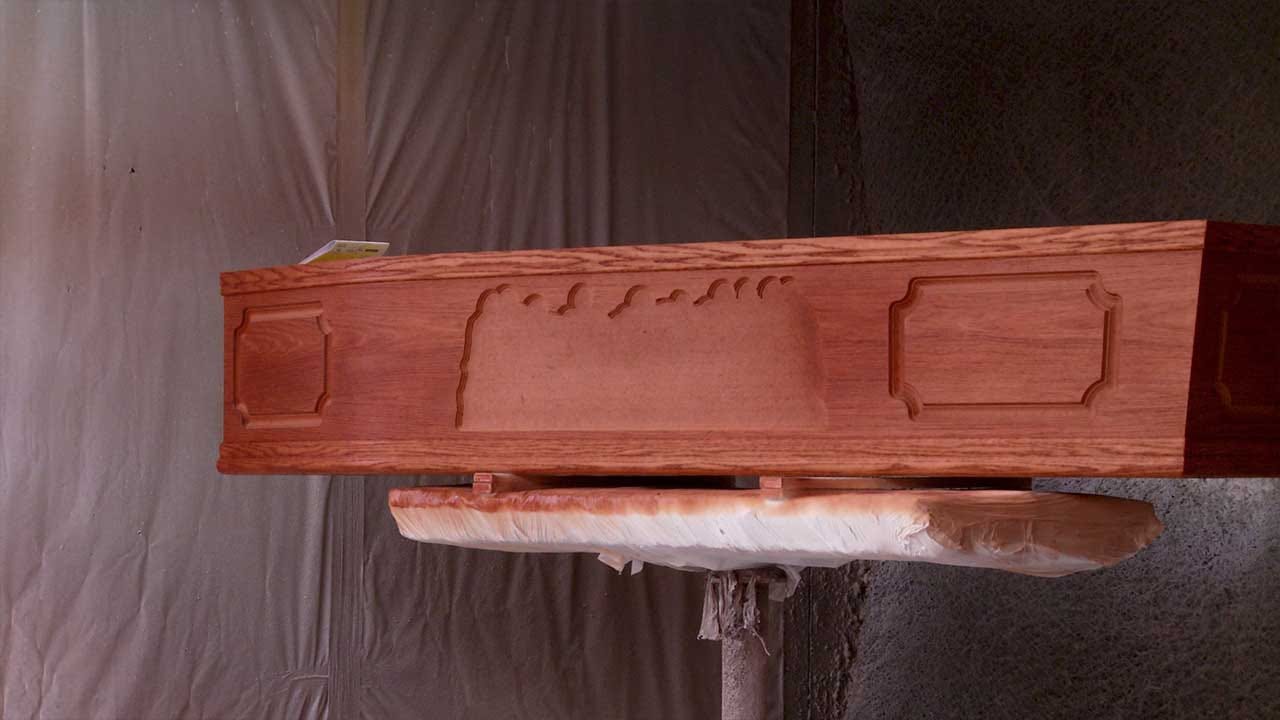
Watch: Until on Labocine
This film holds a special place in my work and heart — the first real attempt at ‘poetic science’. The film explores the science of ageing by way of the question: if science reached a point whereby you could decide how long you’d like to live, at what age would you choose to die?
The mix of scientists, children and several wonderful, older participants allowed me to explore the desire for, and meaning of, life and longevity.
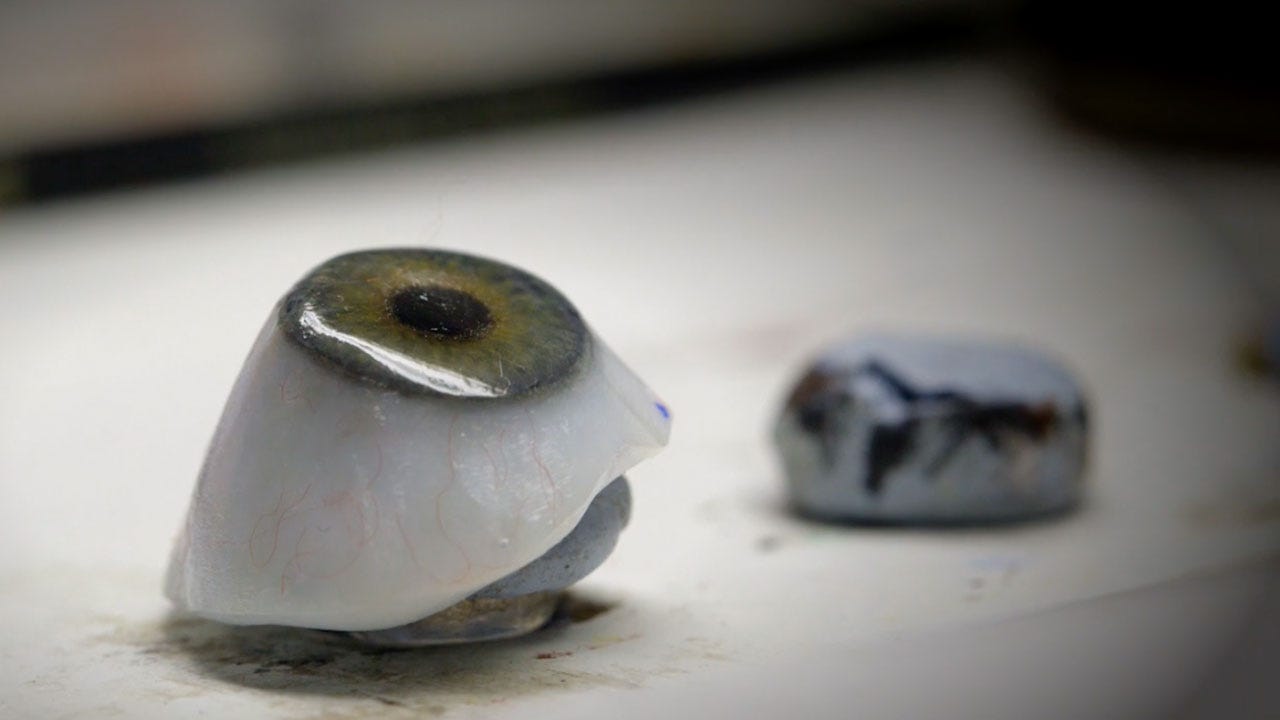
Watch: How to make a prosthetic eye on Labocine
As a documentarian, there’s something incredibly satisfying about the clear cut beginning, middle and end of a process film. Here, there was an opportunity to explore a rarely seen world of true interdisciplinarians, masters of their craft.
The entire shoot took five hours, starting with the interview to help me gauge what I should be aiming to film. It was fascinating to observe — at one end of the process there are people who’s lives and self-confidence have been severely disrupted. While at the other, we have miniature masterpieces, precision crafted prostheses.
Making these objects requires assembling expert knowledge spanning medicine, materials, sculpture, painting and colour in a way that feels both compassionate and magical. In the end, these works become part of a human being, helping them rebuild their sense of self.
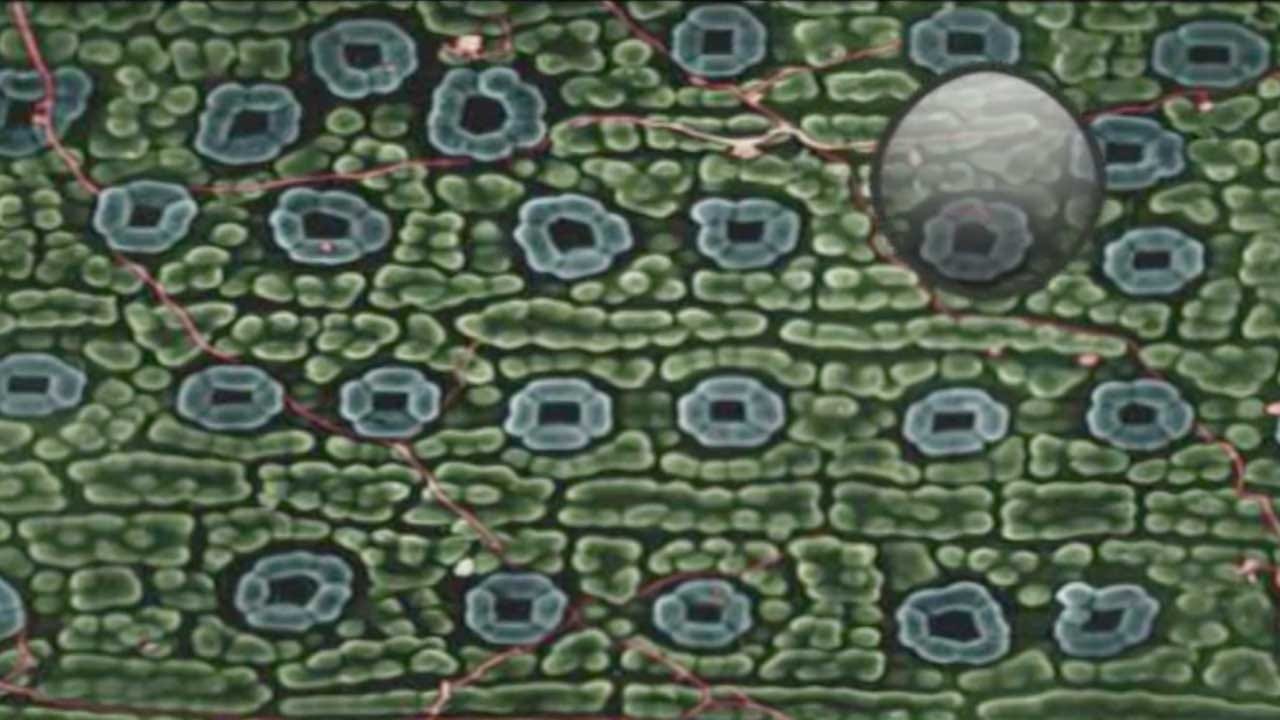
Watch: Photo Synthesis on Labocine
One of the first films I made, it was a response to a conversation in which someone said, ‘plants are boring’. Rather than get into a tedious discussion about their beauty, complexity and the fact they underpin all life on Earth, I made this mashup of archive and footage shot near where I live.
(Toronto Webfest Award for Outstanding Achievement 2014)
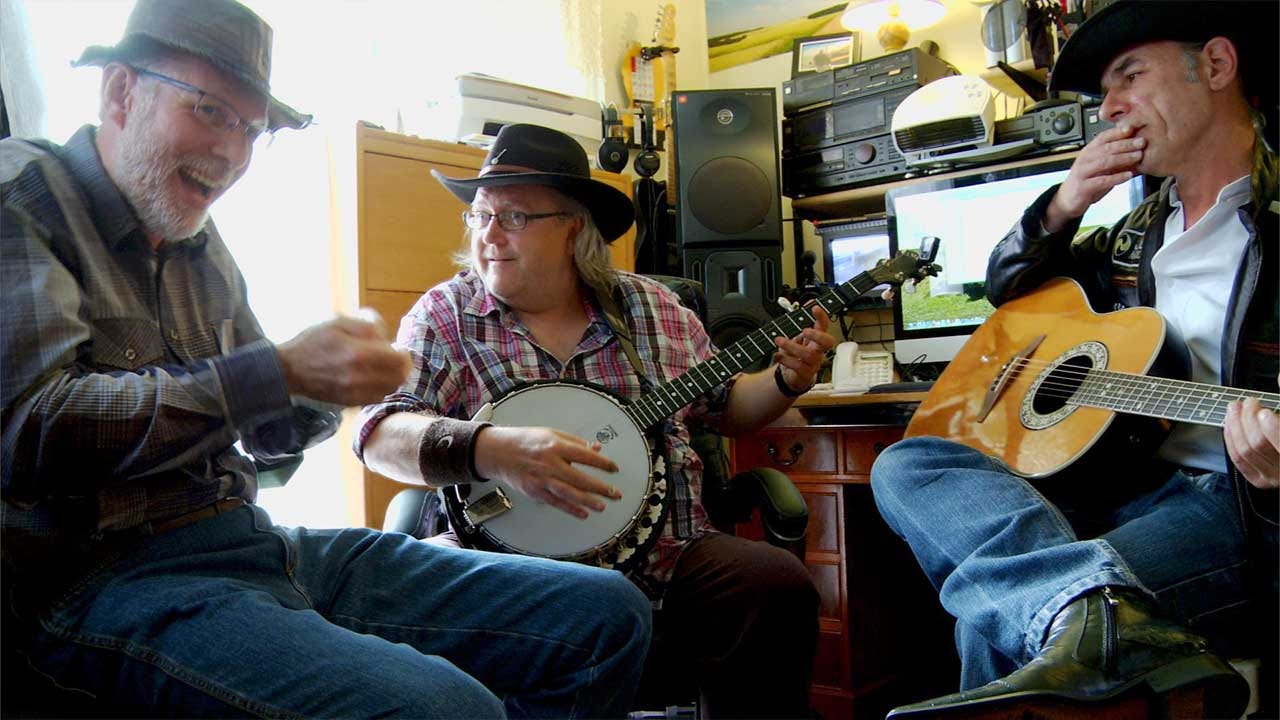
Watch: Last Chance Saloon (part 1): Twink, the band and bipolar on Labocine
Last Chance Saloon is an 11 part web series — a fusion of mental illness, music and laughter. This was a joy to make and a colossal edit.
Working with ‘Twink’, a lovely gentleman with bipolar disorder, we gained access to a number of Cardiff based scientists specialising is a range of mental health conditions. So began Twink’s year long journey to discover more about his own mind, while deepening his understanding of mental illness as a whole. The only film I’ve made that culminated in a gig and album!
Structurally, this was a huge undertaking. Knowing this was going to be split into around 10 episodes, each part had to be planned from the outset. The general rule of thumb was each episode should contain: details of what life is like for Twink living with bipolar, an interview with a scientist about a mental illness, Twink’s rehearsals for a live gig he was planning and any insights into mental illness Twink had.
Weaving these elements together, the idea was to create a series that could be watched like a box set, from start to finish, with an overarching sense of discovery and narrative.

Watch: Foreign Bodies, Common Ground on Labocine
The perfect fusion of science and art, this film allowed me to travel to parts of the world I’d never experienced before, meeting a range of artists who were responding to local scientists in their own, unique ways. It was humbling, amazing, inspiring.
The film became part of a similarly named art exhibition within the Wellcome Collection.
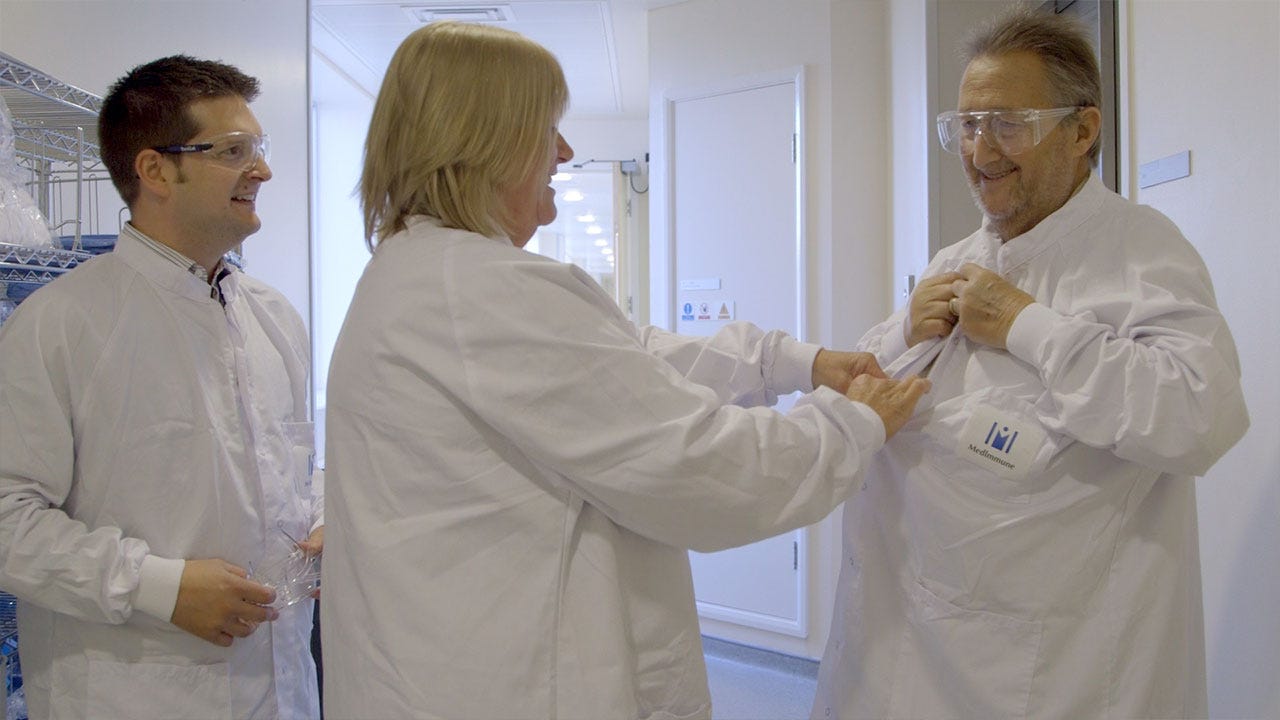
Watch: The Pain Detective on Labocine
The intention was to make a film that explored drug creation from beginning to end. Of course, that didn’t sound quite rich enough to me, so I worked with retired policeman, the late Colin Froy.
Colin, who had terminal cancer during filming (and sadly passed away during the edit) became our dogged eyes and ears onto the world of Big Pharma, asking the questions that mattered whilst gently teasing several of the academics he encountered.
His unflinching sense of humour worked perfectly within the clinical environments and his love for his family and life only made his desire for a pain-free existence all the more poignant. As part of the filming process, I asked Colin to do an audio recording and answer several questions, one of which was, ‘What animal would you come back as?’
His answer is used to bittersweet effect during the end credits.
The family came and watched the film with me, only weeks after Colin had died. I’m pleased to say they like it and treat it as a fitting testament to the kind, gentle man they loved.
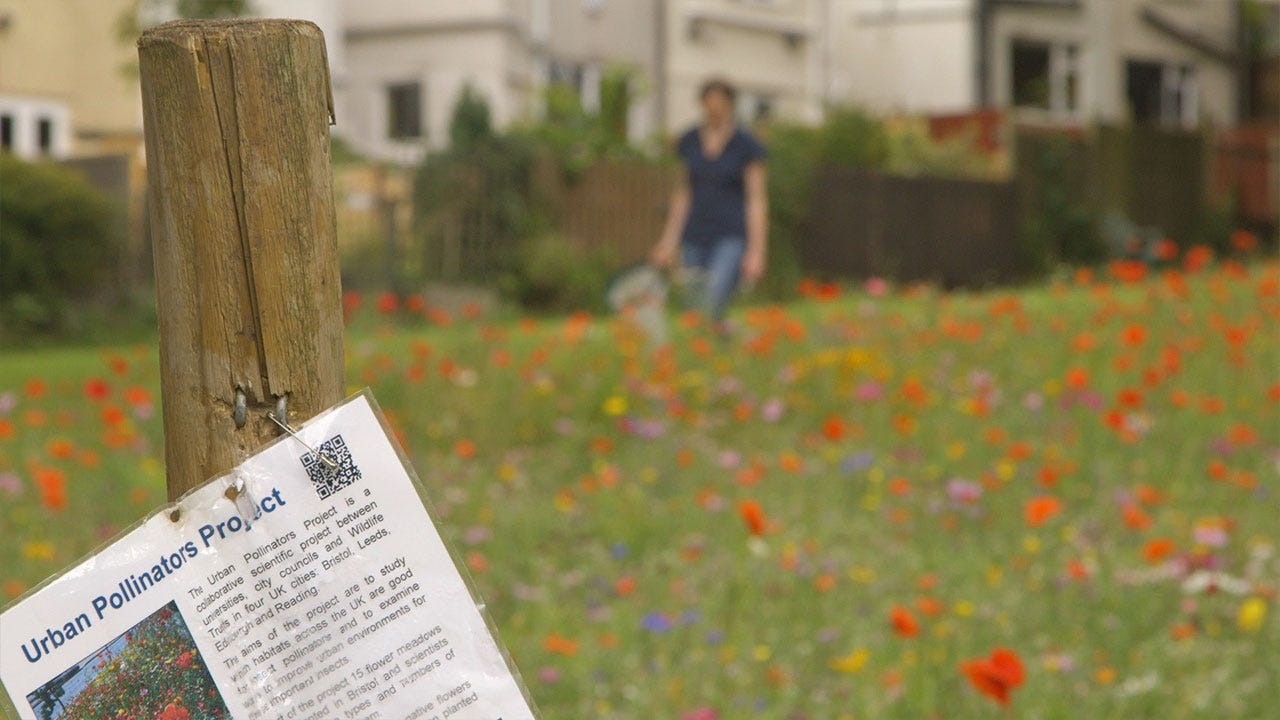
Watch: Insects in the City: can cities save our bees? on Labocine
“Insects in the City: can cities save our bees?” explores why bees are vanishing and what we and scientists are doing to help them survive. The satisfying aspect of this film for me was working with Richard Reynolds, London’s famous Guerrilla Gardener.
Richard’s mission to make urban London green, in large part to help bees and other pollinating insects, gave the film a vibrancy and wonderful counterpoint to the work of the scientists trying to uncover where these insects live within the urban sprawl.
The underlying message is very simple: environments that are great for bees are great for humans too.

Watch: Samaritans: The art of listening on Labocine
Most men are bad at talking about their feelings. As far as Samaritans is concerned, this is a real problem — suicidal men are less likely to call for help and if they do, they speak for less time.
To make this film, I wanted a metaphor. Thinking about why men are the way they are, it took me back to my childhood and memories of toy soldiers. Suddenly, these tiny figurines seemed less innocent. It now seemed obvious; the seeds of masculinity and all it implies are hardwired into us as we played during childhood.
(Official Selection Dam Short Film Festival 2016, Official Selection Lakeshorts International Short Film Festival2016)
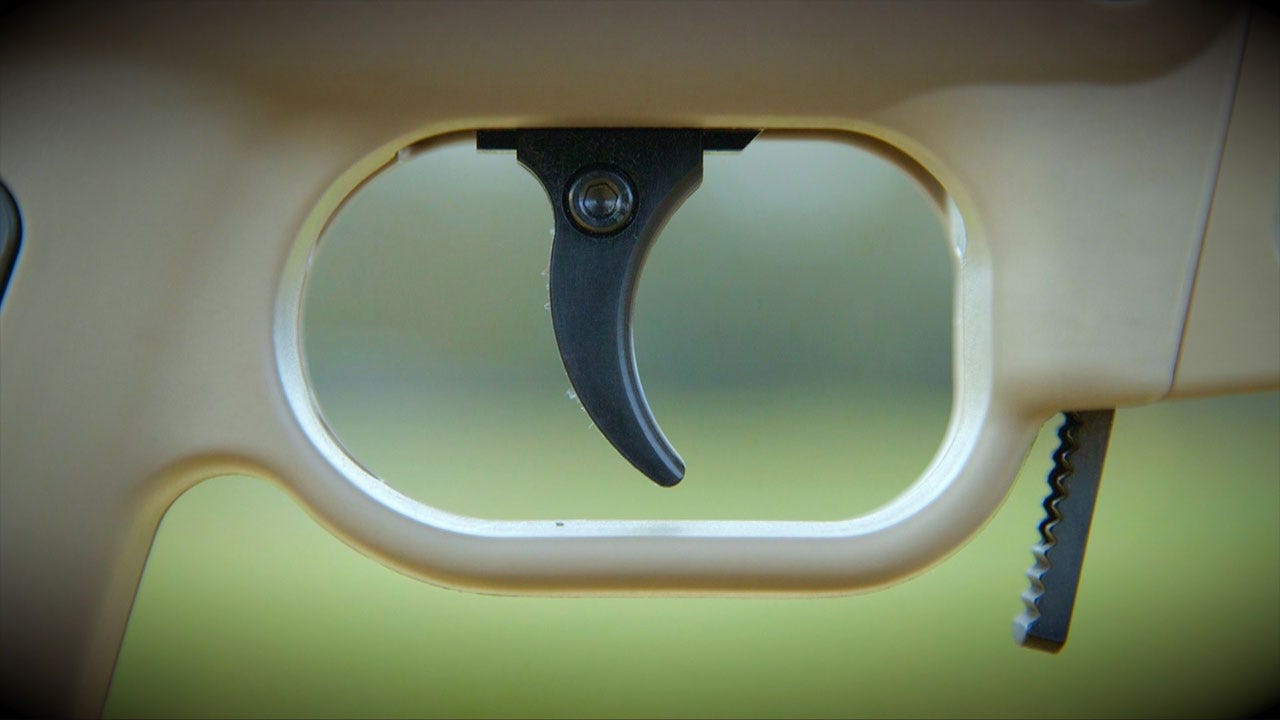
Watch: Remembrance Day in a weapons factory on Labocine
As remarkable as the human mind is at invention and discovery, I became fascinated by the use of human intelligence with the explicit aim of killing.
We are so used to the idea of weapons, of guns. But these objects are invented, designed, machined, built and tested by a range of humans before they end up in the hands of a person who may use a bullet from that weapon to take another person’s life.
The intention was to capture a sense of this process, to make us pause and consider that whilst a sniper may ultimately be the person who pulls the trigger, there are many moving human parts involved in the precursors to killing.
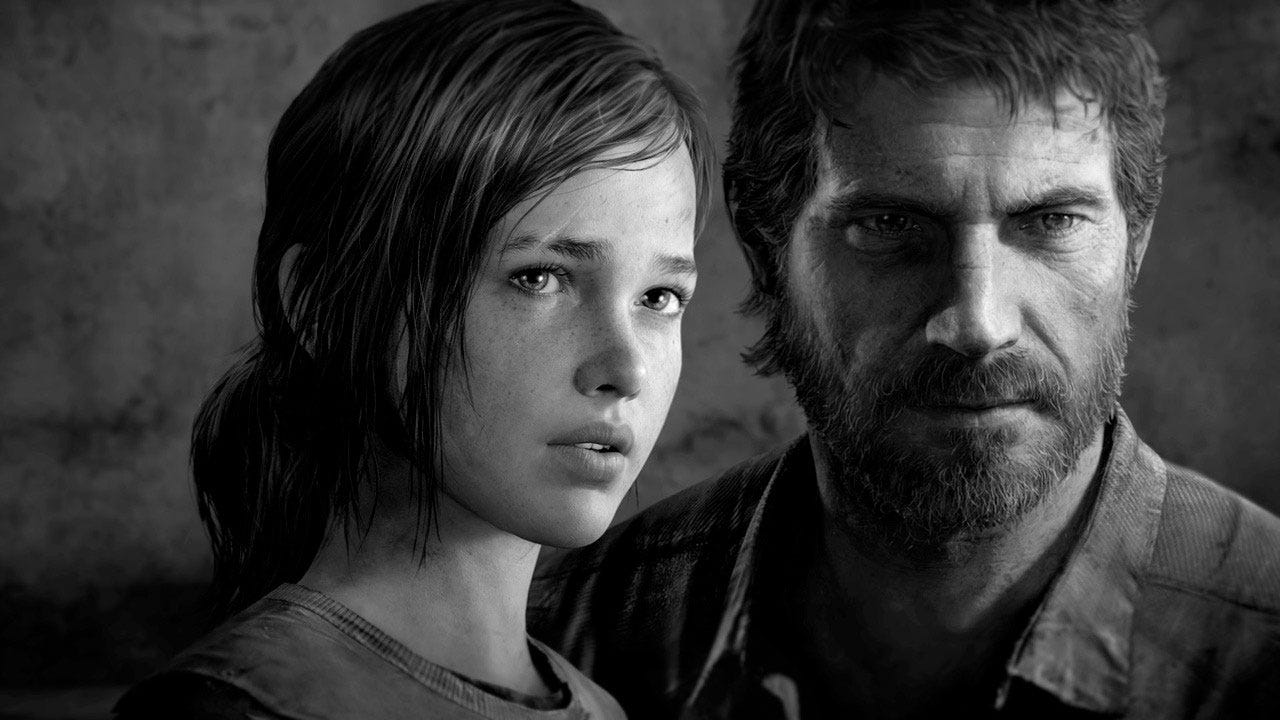
Watch The Science of The Last of Us on Labocine
Taking a brilliant game about a post apocalyptic world as the starting point, I used it as a platform for serious debate with scientists about the reality of preparing for a global pandemic.
Aping the ‘Let’s Play’ style of video often seen in the gaming community (to which I belong), various scenarios were discussed by a philosopher, vaccinologist, epidemiologist and a game critic.
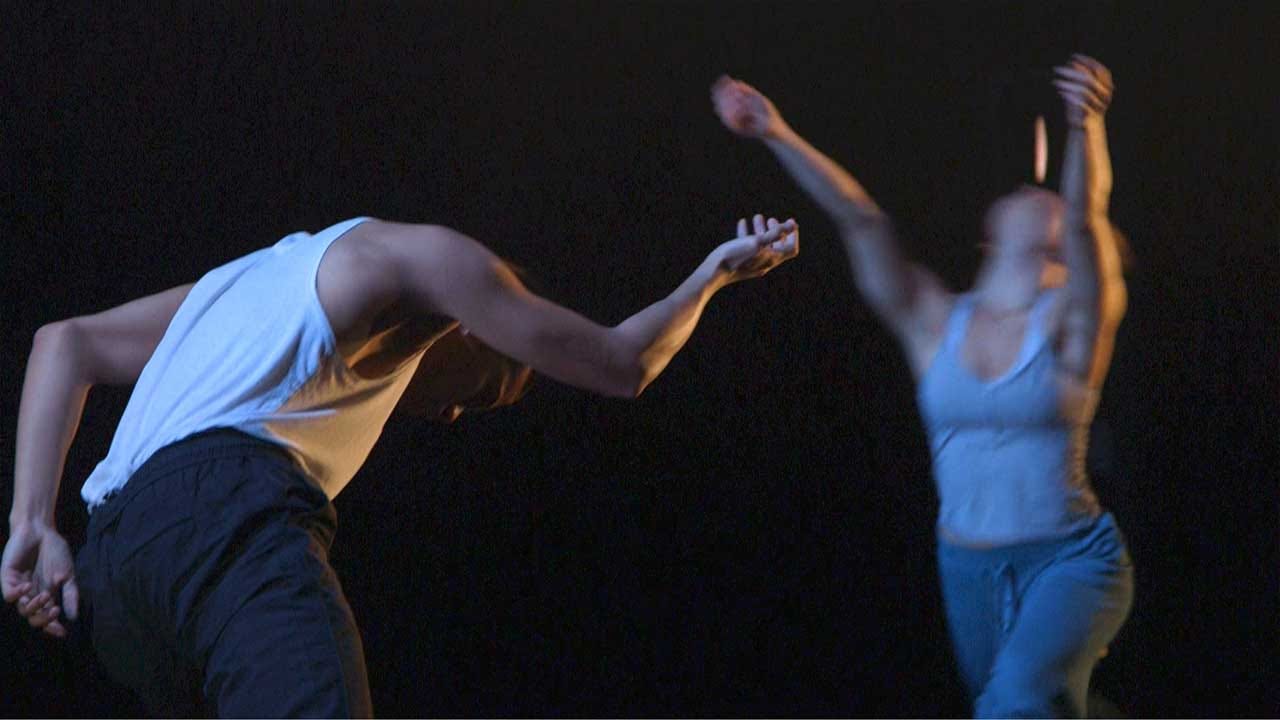
Watch Sharon Watson: Choreographer on Labocine
It’s a tall order to try and capture someone’s essence in the space of 90 short seconds but that was the goal in this micro short featuring the fantastic choreographer, Sharon Watson.
The film attempts to peel away her process, how she takes imagery and ideas and transforms them into beautiful human movements with her once company, Phoenix Dance Theatre.
The style of shooting was very much intended to make the viewer feel as if they were ‘getting into Sharon’s head whilst the edit was a wonderful opportunity to play — creating a sense of her ideas coming to life on stage.
Barry J. Gibb first trained as a molecular biologist and neuroscientist. Following a decade of research, he swapped the microscope for a camera to pursue the dream of writing and making films about science.
His award-winning book, The Rough Guide to the Brain, was first released by Penguin in 2007 (2nd edition, June 2012), winning him the short-lived accolade of ‘Dr Sex’ from the Sun newspaper and a mild look of disapproval from his wife. During this period of writing, he greatly expanded his experience of filmmaking and editing. In 2009, he went on to make a series of 3 Minute Wonder’s — ‘Life After Coma’ and a film for ‘Britain Recut’ (Mosaic Films, Channel 4, British Film Institute 2009).
In 2009, he directed, filmed and edited eight short documentaries for Routes (Oil Productions, Channel 4 and The Wellcome Trust), a multi award-winning online fusion of genetics, drama, documentary and gaming. Since joining theWellcome Trust in 2009, he has made well over 100 science documentaries, where he focuses on bringing warmth and humanity to science.
His web series about mental health, Last Chance Saloon, won the Outstanding Achievement Award at the 2014 Toronto Webfest and his film about ageing, Until, won the Imagine Science Film Festival Nature People’s Choice award in 2011.
He has just completed, The Singer’s Tale, a film about the remarkable life of a jazz singer and is currently developing a new project.
Check out Barry J. Gibb’s website and his films at Mosaic Science, a magazine dedicated to exploring the science of life which publishes an in-depth story on the people, ideas and trends that drive biology and medicine and affect our lives, health and society.
Follow Barry on Twitter.